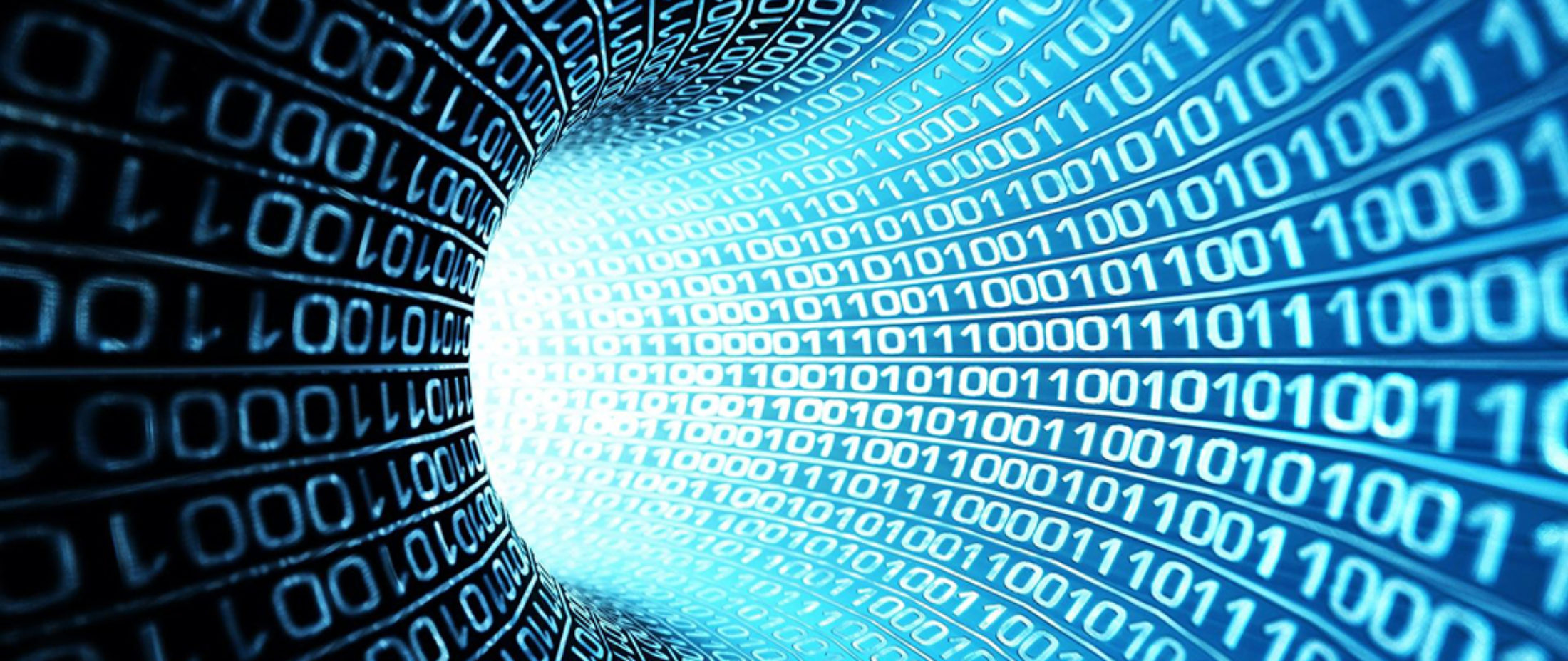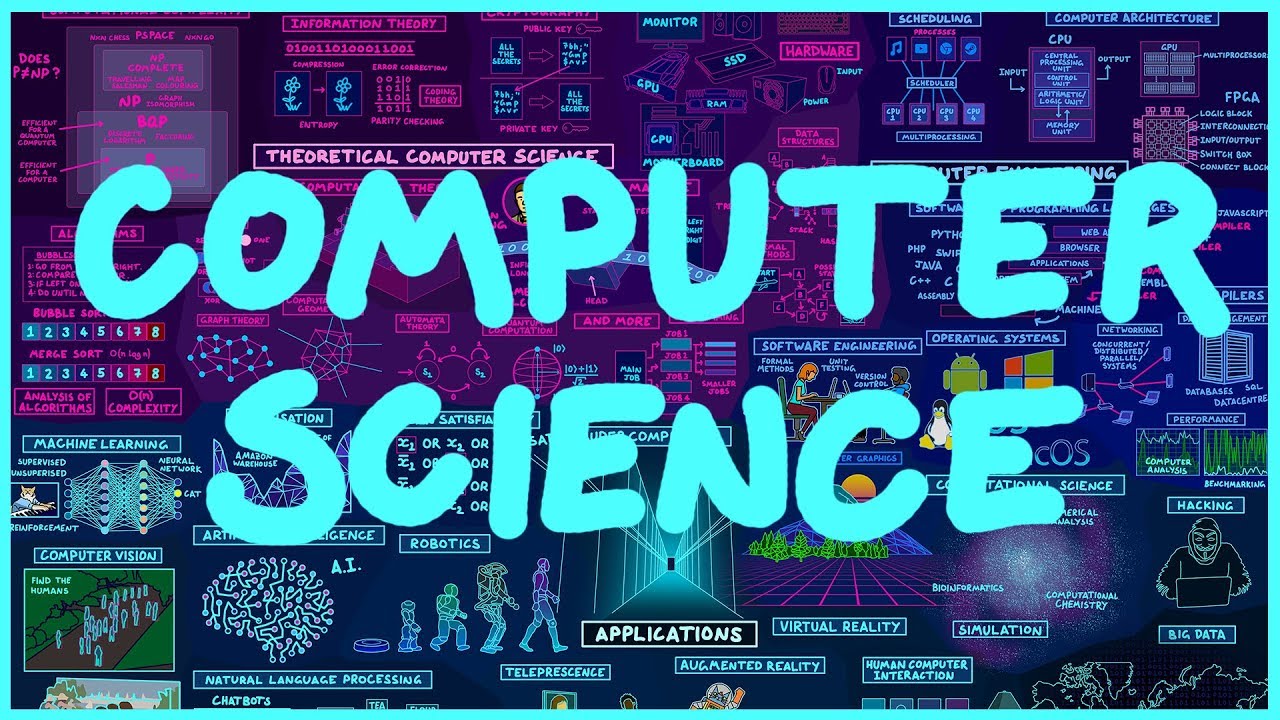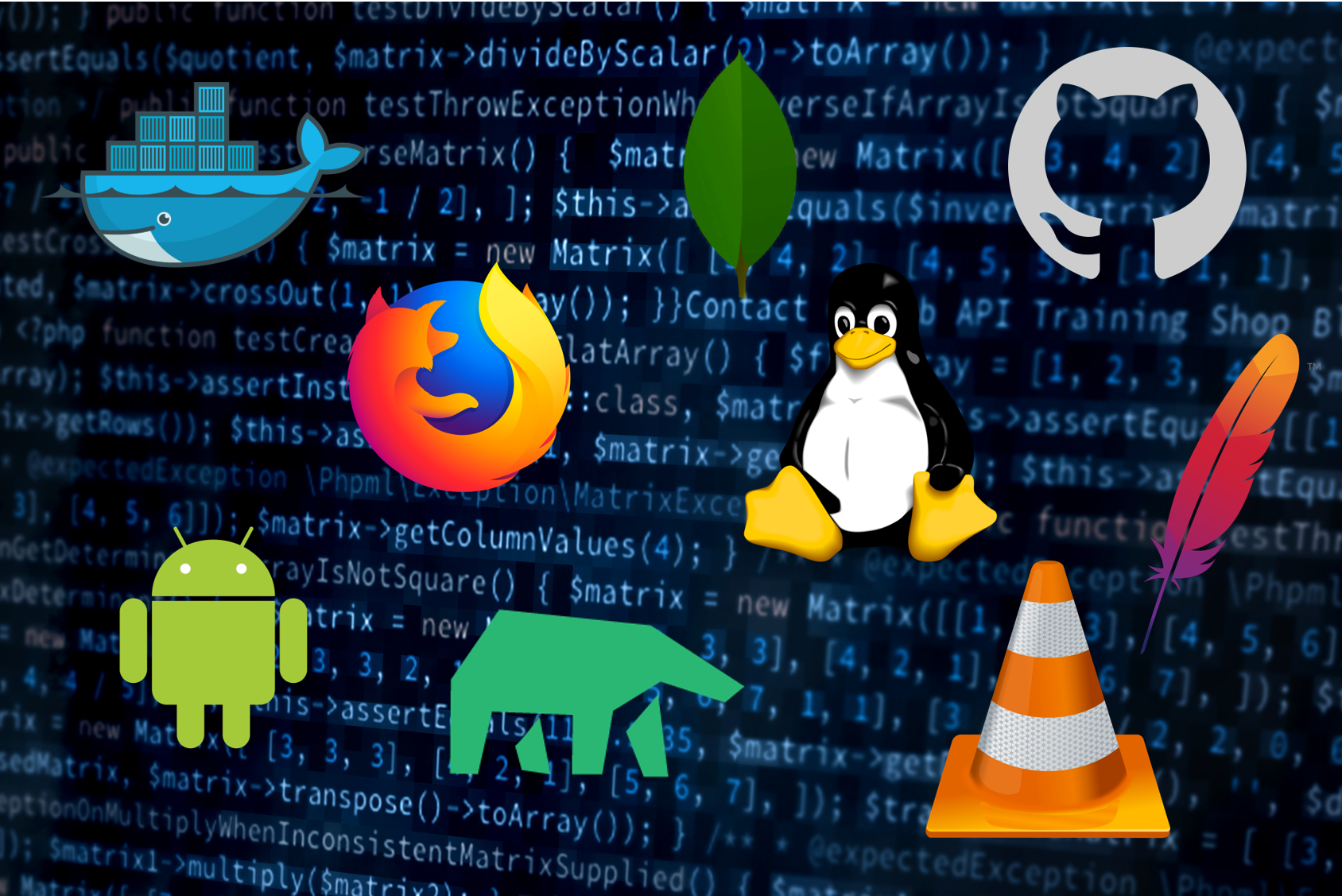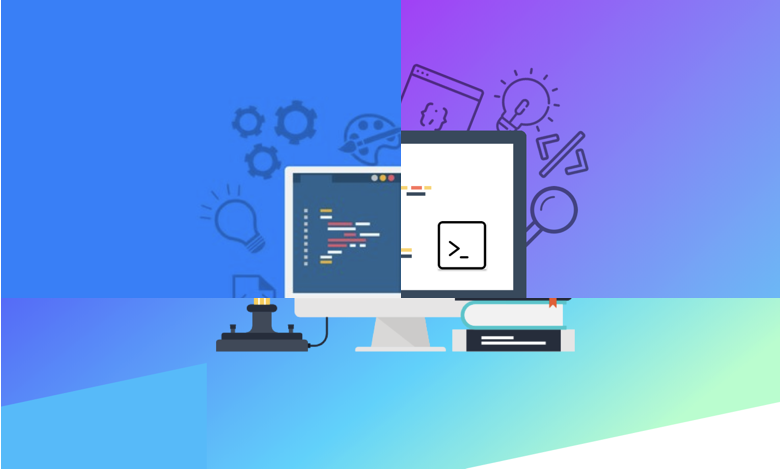The study of computers and computational systems is known broadly as Computer Science. It is the study of Processes that interact with Data, and can be represented as Programs. The initial Analog phase of this Science has given way to the Binary Digital phase. Algorithms are used in this Science to manipulate, transform, communicate and store digital information. It is the design and analysis of Algorithms for problem solving using masses of structured Data, and study the performance of hardware and software. Software is the heart of Computer Science, and this Computer Science deals mostly with the design, theory, development and application of Software, while Computer Engineers deal with the Hardware. Computer Scientists study the feasibility and mechanization of certain procedures, which are called Algorithms, and which consists of the collection and acquisition, processing, storage and communication of Data. What is Computer Science, is the subject of this analytical review.
Computer Science vs IT
It may be useful here to compare Computer Science with IT (Information Technology) in order to study our subject in bas relief. Computer Science is not Information Technology, and Computer Scientists are not IT Engineers. While the domain is related, it is not similar. Computer Science is about the analytical use of Mathematics, in order to create programs that enable systems to run more efficiently, and closer to the avowed objectives of investigative science, and includes design, development, as well as aspects of programming and operation. A solid foundation in Abstract Mathematics, Logic, and Critical Thinking is absolutely essential to be a Computer Scientist. IT is closer to Engineering than Science, and generally includes installing, maintaining and improving computer systems, operating networks, and Databases.
Looking Deeper At CS
Problem solving is the main objective of Computer Science, and Coding is one of its main tools. Programming is the name usually given to Coding. Computer Programming is a practical approach, and is the process of designing, writing, testing, debugging and maintaining the Source Code of computer programs. This too is a part of Computer Science, but this is now a vast and varied Science, the fore-runner of Data Science. Computer Science now embraces a mathematical and scientific approach to the storage, retrieval, classification, restructuring, manipulation, processing, computation, transmission, and application of data.
Origins and Evolution
The Computer was said to have been born in 1833, when the still young Charles Babbage invented the first “Analytical Engine”. Data and programs were Input via punched cards, which was already in use controlling mechanical looms such as the Jacquard Looms. A printer, a curve plotter and a bell was used to Output results. Punch cards would come for this too later. Given that the Machine was at least a century ahead of its time, and had to be painstakingly built by hand. But Babbage had also finalized the Functional Theory of Computers by the time he left the stage. In 1888, it was his son, Henry Babbage, who built the machine’s computing usit, and then gave a highly successful demonstration of its use in computing tables in 1906. Nalog Computers came in quick succession, but they were not programmable. Sir William Thomson built the first modern Analog Computer in 1872. Then the Differential Analyzer came in 1927, and this type of computer reached its zenith. After the first model Z2 was created by German Engineer Konrad Zuse in 1939, he followed up with his Z3, the world’s first working electro-mechanical , programmable, fully automatic Digital Computer. Overnight, the picture changed drastically. Pioneering advances such as the Floating Point Numbers replacing the hard-to-implement Decimal Number Sytem, saw the introduction of a brand new field of Science : Computer Science. The question from then on, would not be — What is Computer Science? — but how far is Computer Science advancing.
Some of the finest advances in Computer Sciences are as follows:
- Virtual Reality and Augmented Reality
- Artificial Intelligence and Robotics
- Bioinformatics
- Cybersecurity
- Computer Assisted Education
- Dynamic Host Configuration protocol
- Integrated Services Digital Networking
- Object-oriented Technology
- Berkely Software Design
- Cognitive Architecture
- Real World Visual Applications
- Computational Complexity Theory
- Computer Aided Architecture & Design
- Blockchain Theory
- Cognitive Cloud Computing






